Most of have probably heard of the Philadelphia Experiment. The common story is that the USN conducted experiments during 1943 involving somehow making a destroyer escort, the Eldridge, invisible and/or able to teleport. It's obviously complete nonsense, and several explanations have been offered for the story. But it turns out that the actual explanation is rather strange. The story we know today was created as a cover for something very different.

Philadelphia later in 1943
It turns out that the Philadelphia in question was not the city, but the ship. The light cruiser Philadelphia was a unit of the Brooklyn class, serving in the Mediterranean in 1943. She had gained distinction during the invasions of Morocco, Sicily and Salerno, and during the last invasion, she was the target of numerous German guided bombs. While she survived unscathed, several other ships did not, and the Allied navies began to scramble for an answer to the new weapons. Read more...

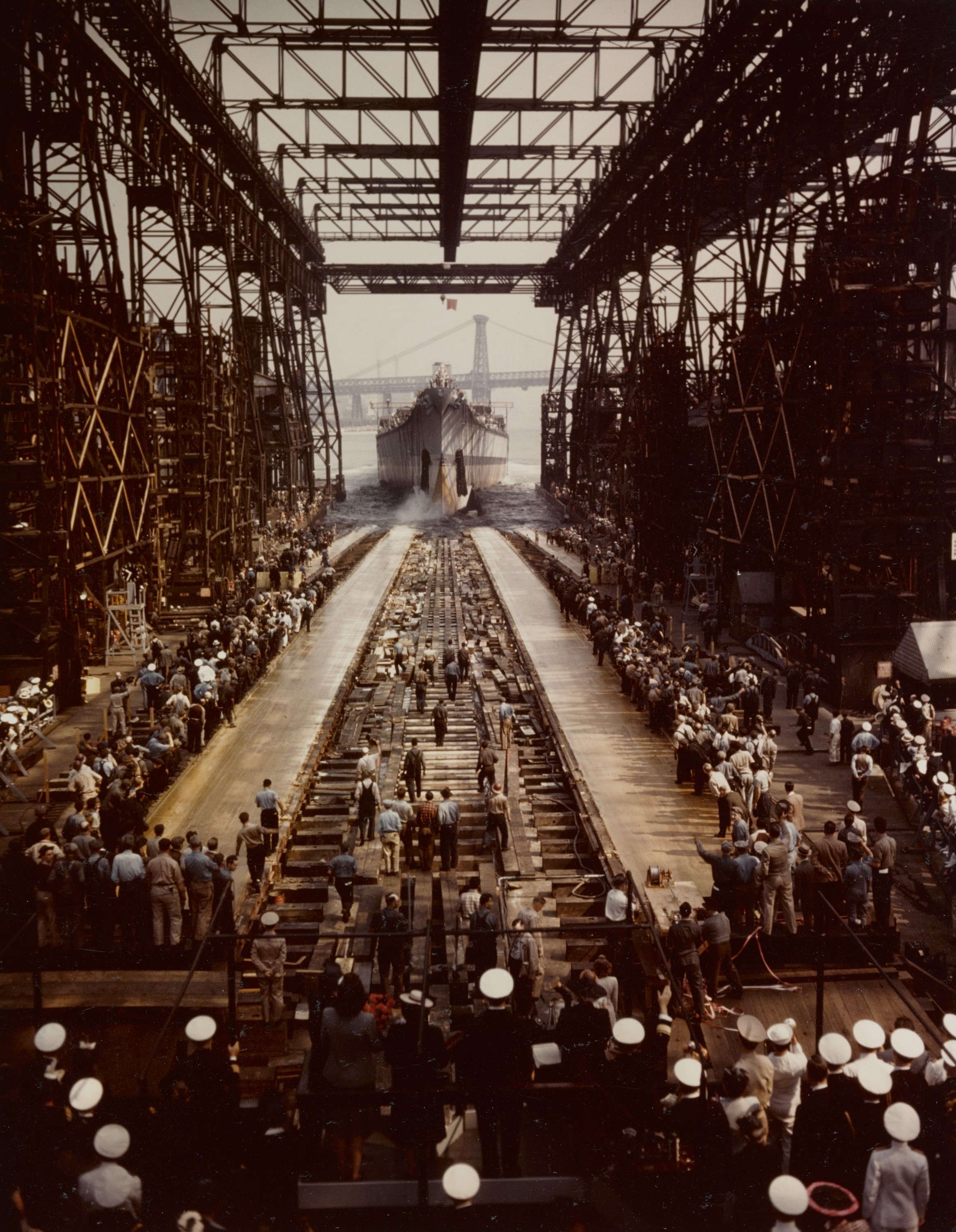

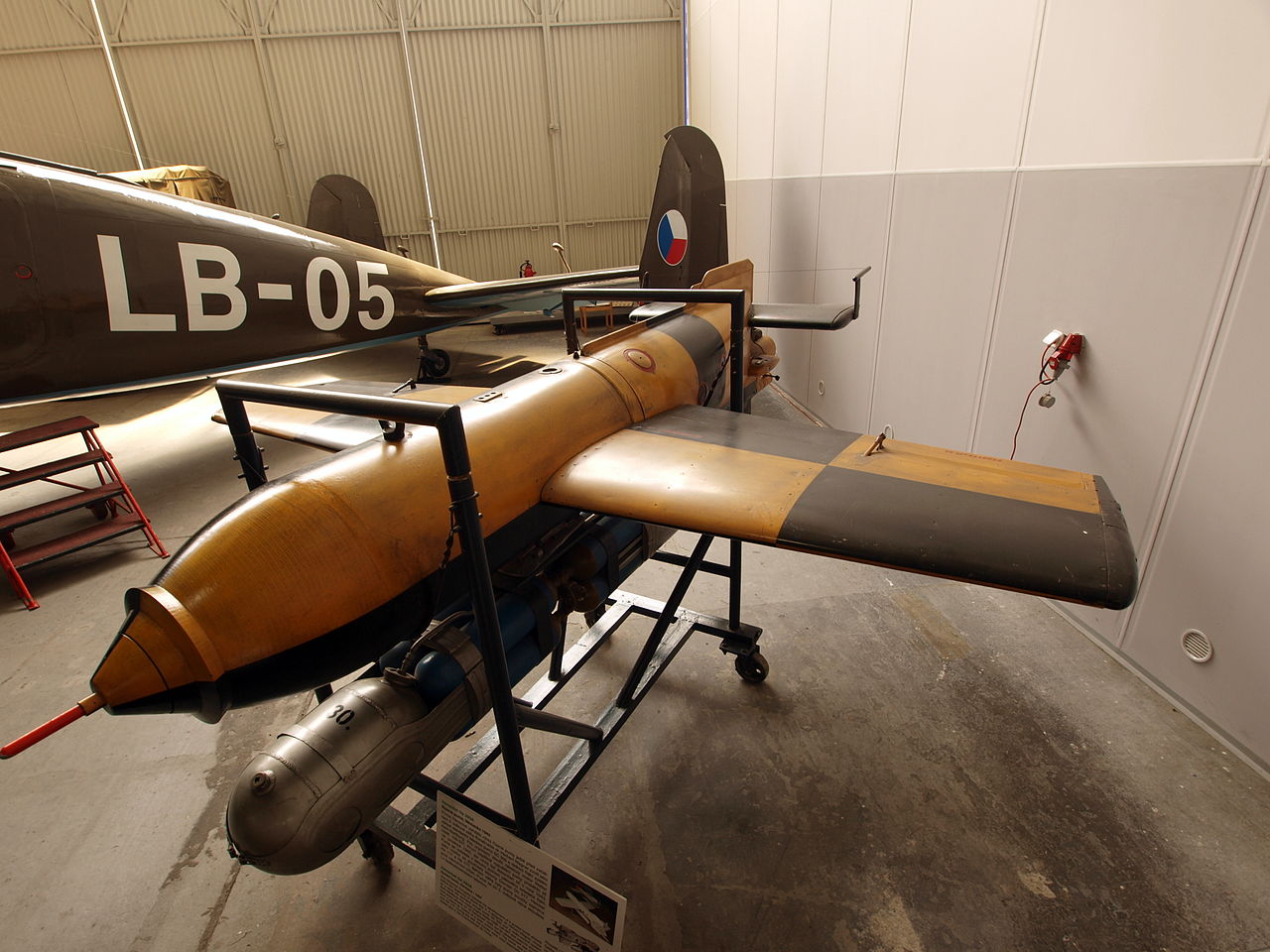
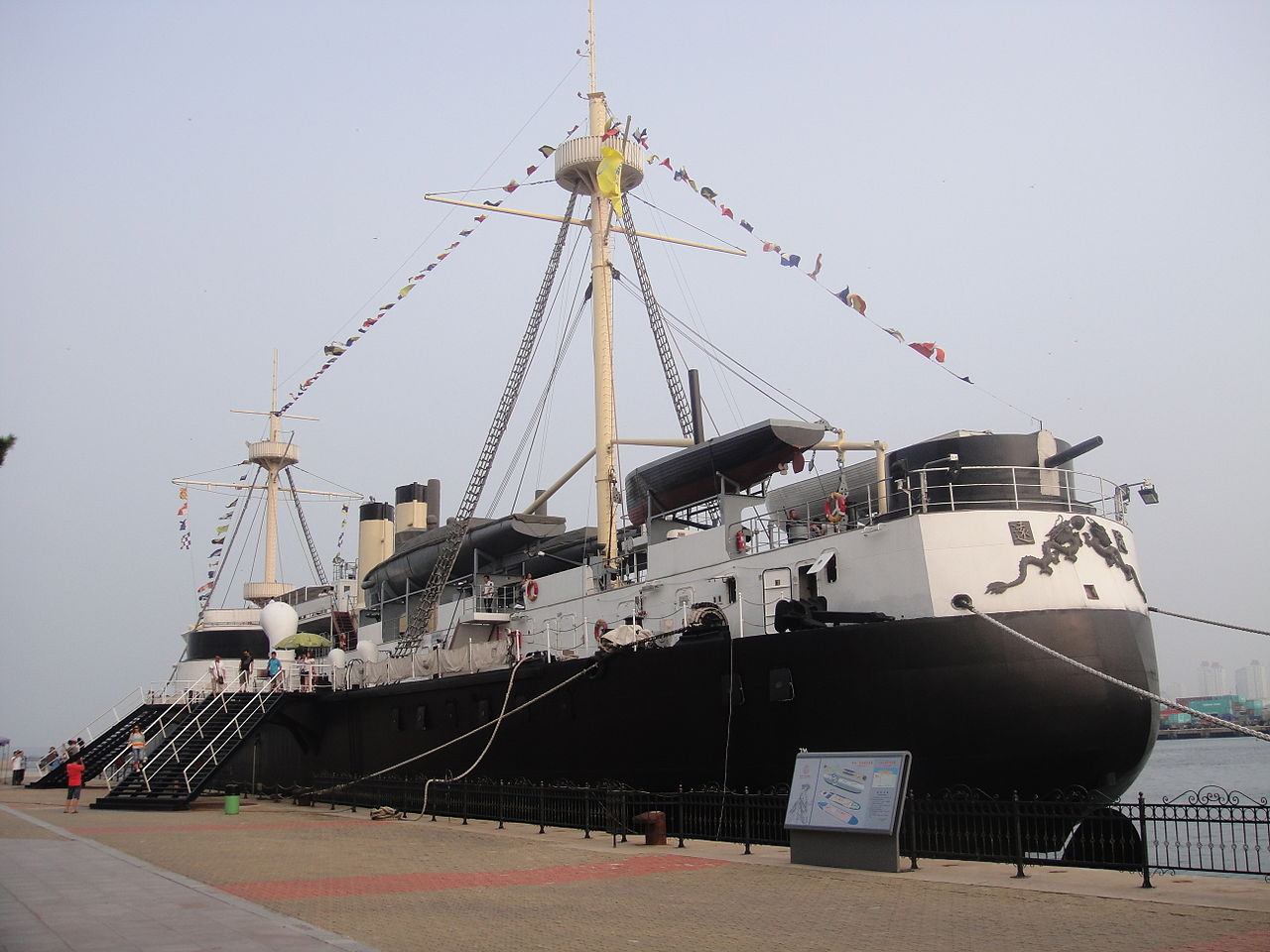
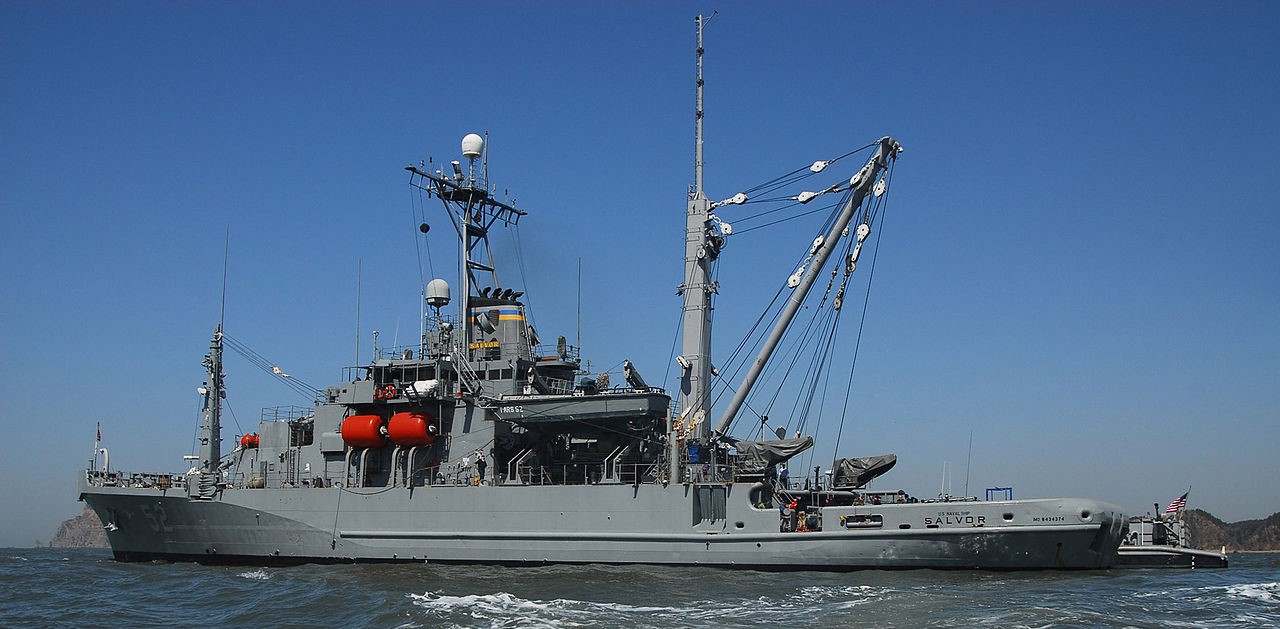


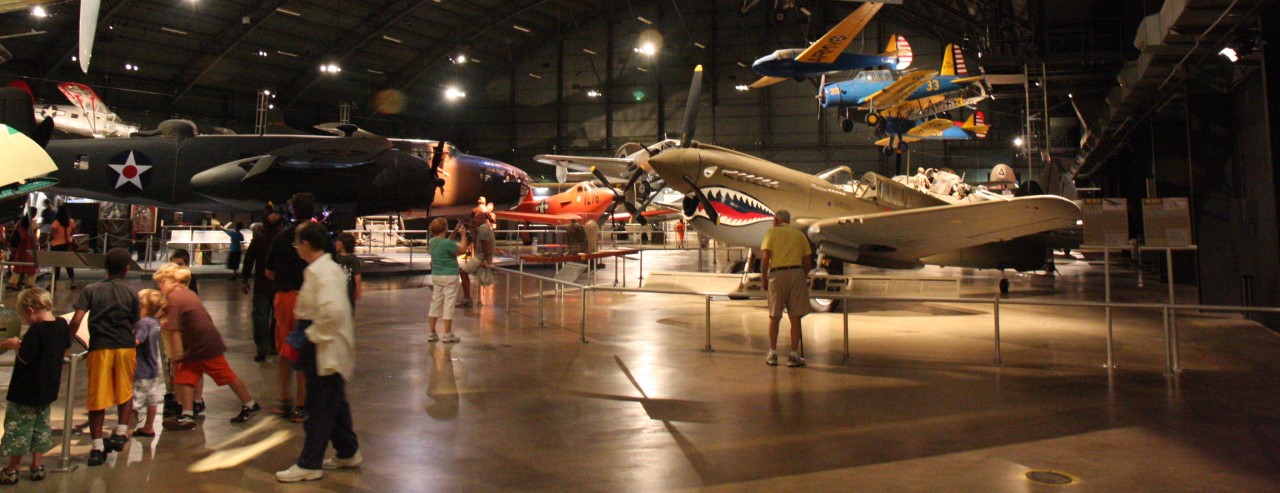
Recent Comments